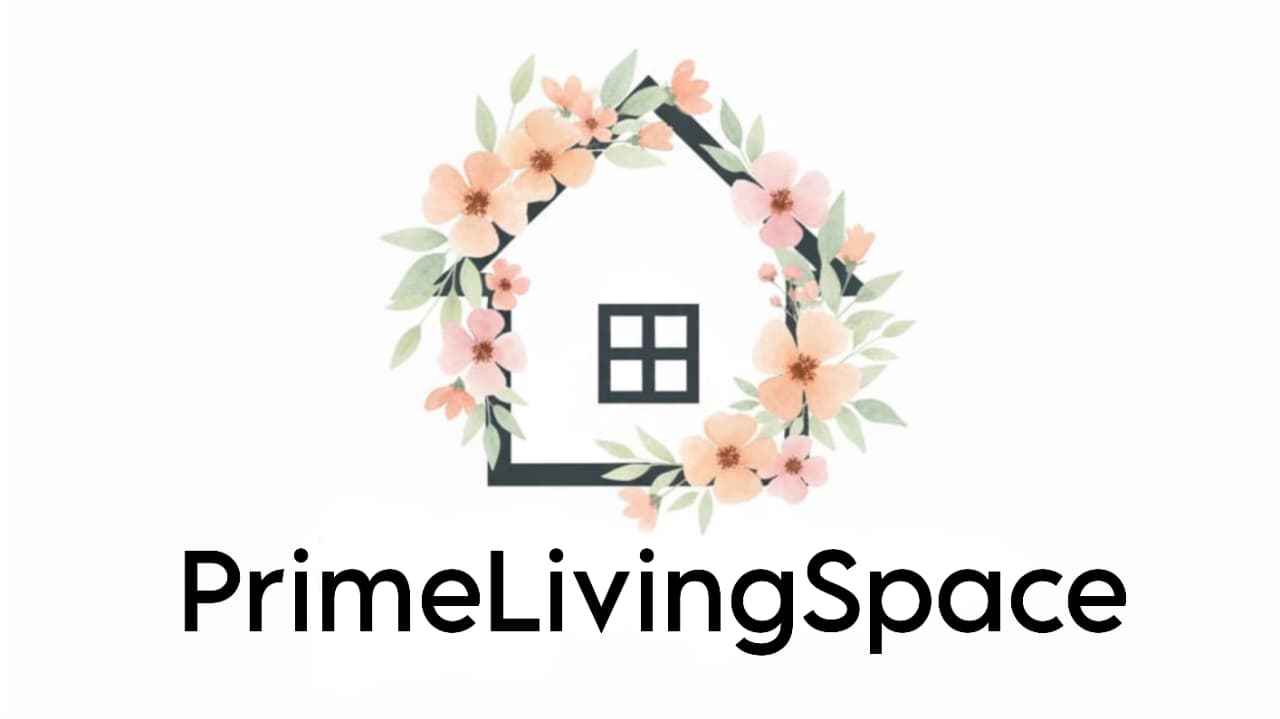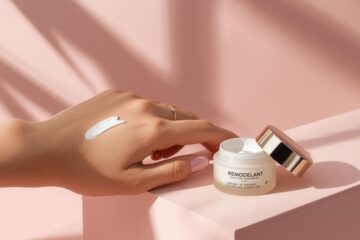
I still remember the first time I saw a real Ikebana vase. It was in a small pottery shop in Kyoto, hidden away on a narrow street with paper lanterns on both sides. The piece was plain, with a matte white finish and a slight swirl in the glaze, but it felt alive. The shop owner told me that a local artist made it by hand and that it was meant to go with flowers, not compete with them. I didn’t buy it because I didn’t have the money, but that moment changed how I thought about vases forever.
You know that the vase isn’t just a container if you’ve ever done Ikebana. The right Ikebana vase makes your arrangement look better and tells a story. In this guide, I’ll tell you where to find real pieces and how to tell the difference.
Why Go for an Authentic Ikebana Vase?
I get it—there are cheaper options out there. But authentic Ikebana vases have something those mass-produced versions don’t: soul.
- They bring out the beauty in your flowers – The proportions, texture, and even glaze can guide the eye and balance the arrangement.
- They last for decades – Made with high-quality materials and fired at proper temperatures, they’re built to endure.
- They carry tradition – Many are made in Japanese pottery hubs like Mashiko or Seto, where techniques have been passed down for generations.
It’s not just a purchase—it’s an heirloom.
Things to Check Before You Buy
1. Material & Craftsmanship
Ceramic and porcelain are the classics, but glass and metal can work for modern styles. Turn the vase over—look for smooth finishes, even glazes, and a balanced feel in your hands.
2. Shape & Size
- Moribana Bowls – Wide and shallow, perfect for horizontal designs.
- Tall Narrow Vases – Great for dramatic, vertical arrangements.
3. Origin & Markings
“Made in Japan” stamps or artisan signatures are good signs. Some high-end pieces come with certificates.
4. Your Budget
You can find entry-level authentic pieces for $30–$60, but handcrafted, collectible ones can go well over $300.
My Favorite Places to Find Authentic Ikebana Vases
1. Specialty Japanese Stores
Think Japan Objects Store, Hibino Ceramic, or Kodo Ikebana. They’re pricier, but you know you’re getting the real deal—straight from skilled artisans.
2. Premium Online Marketplaces
Etsy has incredible handmade finds if you’re patient enough to dig. Amazon Japan is another treasure trove, and even eBay can surprise you if you filter for sellers with strong reputations.
3. Local Pottery Studios
This is my personal go-to. I’ve met amazing ceramicists who, while not Japanese, create pieces inspired by Ikebana traditions. It’s a great way to support local art.
4. Ikebana Schools & Cultural Centers
Sometimes they host sales or can connect you directly with artisans in Japan.
Quick Price Comparison
| Vase Type | Material | Origin | Price Range | Best For |
| Moribana Bowl | Ceramic | Japan | $30–$90 | Beginners & Modern Styles |
| Tall Narrow Vase | Porcelain | Japan | $50–$120 | Traditional Arrangements |
| Glass Vase | Handblown | USA/Japan | $40–$100 | Contemporary Designs |
How to Spot the Real Thing
- Check for artisan marks or stamps on the bottom.
- Ask for documentation if it’s a collector’s piece.
- Do a quick background check on the seller—reviews can be telling.
Taking Care of Your Vase
Treat your Ikebana vase like art:
- Ceramic & Porcelain: Handwash with mild soap. Avoid sudden hot-to-cold water changes.
- Glass: Handle gently and store padded.
- Metal: Dry right after cleaning to avoid tarnish.
My Buying Tip
If you’re starting out, I recommend a $40–$60 Moribana bowl—versatile, durable, and not too precious to use regularly. Once you fall in love with the art (and you will), splurge on a handcrafted Japanese porcelain vase. That’s the kind of piece you’ll want to pass down.
Also Read : Shop Spring Vase – Fresh, Elegant Designs for Every Home




There’s a quiet insistence in your prose, a gentle pull toward reflection. It asks nothing overtly, yet encourages the mind to wander and consider with intent.